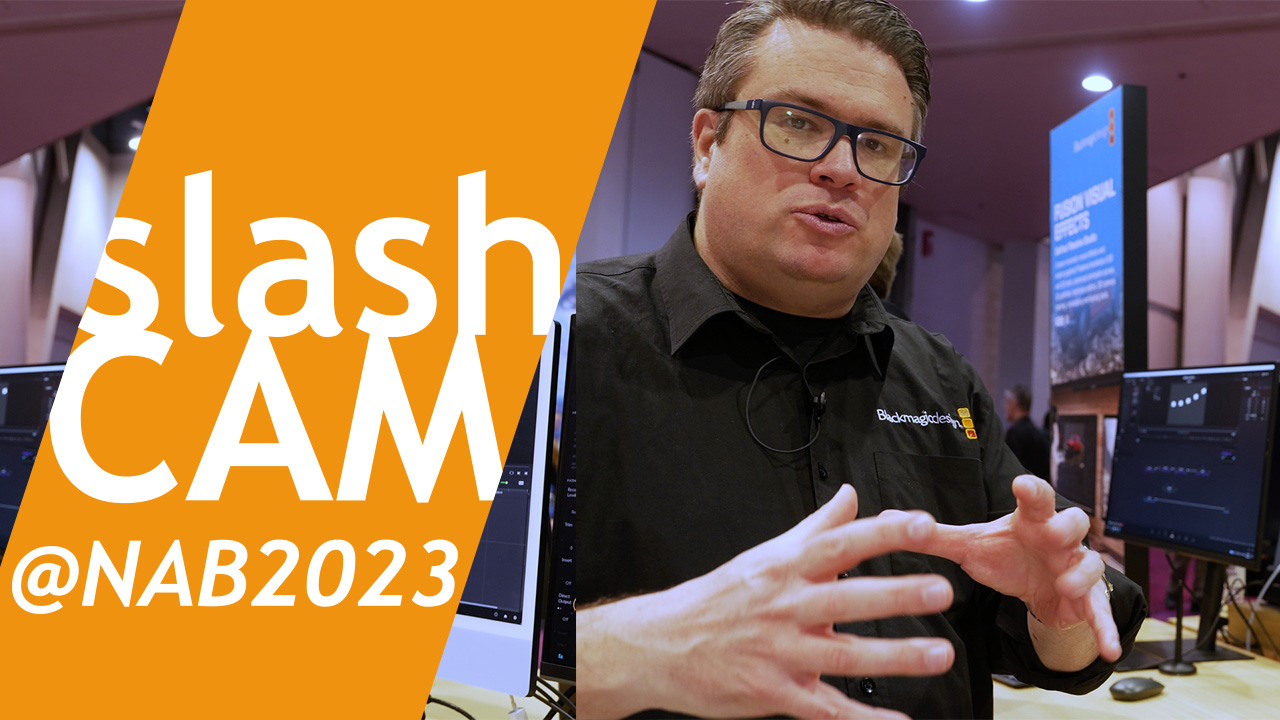[15:44 Thu,30.March 2023 by Thomas Richter] |
Compressing video into highly efficient formats like H.264 or H.265 is extremely CPU-intensive - but favorably, modern graphics cards have 1-2 special integrated encoding units that can take this task off the CPU&s hands. NVIDIA GPUs have already had the so-called NVENC (NVidia ENCoder) hardware encoders since 2012, which are used in programs like OBS or Wirecast for live streaming or in video editing programs like Adobe Premiere Pro and Resolve&s DaVinci or the Handbrake compression tool for accelerated trans- or encoding of video.  Until now it was only possible to compress a maximum of three videos at a time, now  Which video formats can be compressed in which resolution in each case depends on the generation and model of the graphics card - the current NVIDIA GPUs with Ada Lovelace architecture can compress, for example, H.264 and H.265 (both with (4:4:4) chroma) as well as AV1 with a resolution of up to 8K and a color depth of up to 10-bit, older models only H.264 (AVC) with 4K and 8-bit - here is a  The NVIDIA GPU HackBut how is such a massive upgrade of hardware encoding capabilities possible so easily via driver? Quite simply, NVIDIA artificially curtails the actual (encoding but also other) capabilities of its graphics cards - per hardware, they are actually capable of handling many more video streams. This became obvious when a  NVIDIA wants to force especially large users (like streaming portals), who want to compress many video streams at the same time, to buy very expensive specialized NVIDIA graphics cards instead of the comparatively cheap consumer models by this artificial curtailment - the A10 and L40 for example can encode 1080p videos in HEVC in parallel instead of the official maximum 5 (resp. 3 so far) encodings of the consumer cards deutsche Version dieser Seite: NVIDIA spendiert seinen GPUs heimlich noch mehr parallele Videoencodings |





